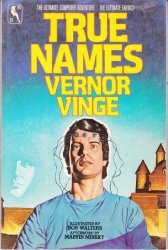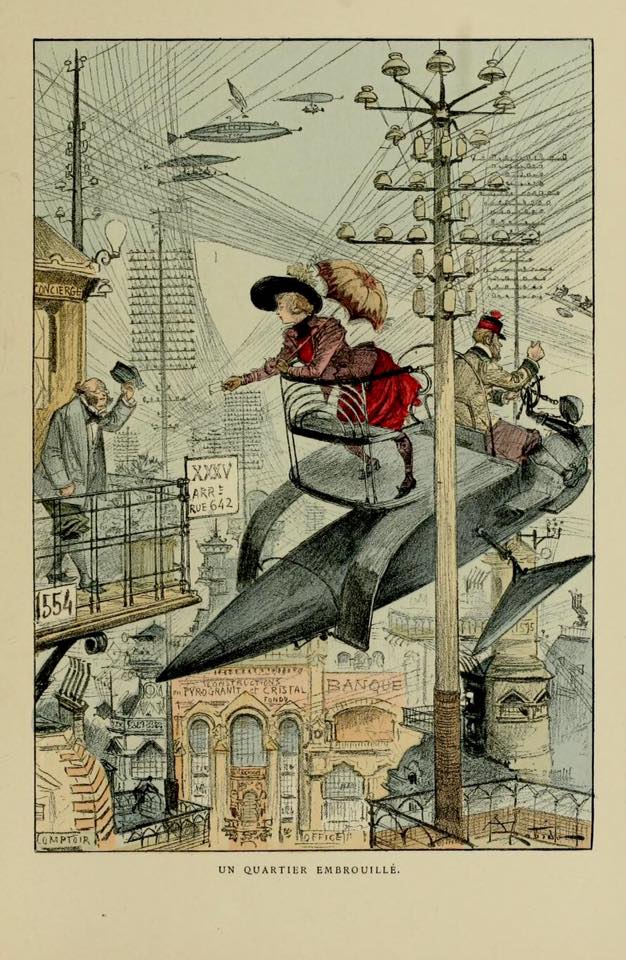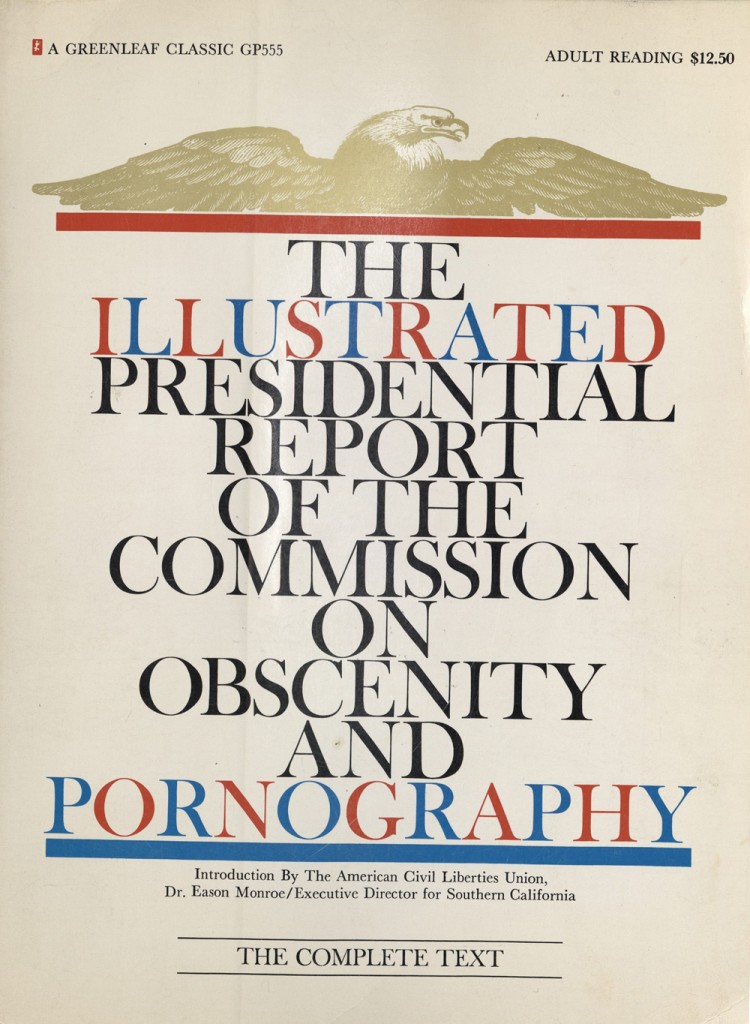In de Verenigde Staten sterft auteur en wiskundige Vernor Vinge.
Vinge wordt gezien als een voorloper van cyberpunk auteurs William Gibson en Neal Stephenson waar ik zo gek van was toen ik in China woonde en ook in de periode daarna, toen ik Wired las.
Hij is bekend voor zijn uitspraak dat ‘machines op het punt staan over de mensheid te heersen zoals mensen over het dierenrijk hebben geheerst’, het eindpunt van de technologische singulariteit.
In 1981 publiceert Vinge het in het Nederlands onvertaalde True Names, een volledig uitgewerkt concept van cyberspace, dat later centraal zou staan in cyberpunk.
Dat boek begint zo:
‘In de tijd van het Eerste Tijdperk van de Magie beschouwde de voorzichtige tovenaar zijn eigen ware naam als zijn meest waardevolle bezit, maar ook als de grootste bedreiging voor zijn toekomstig welzijn, want – zo gaan de verhalen – als een vijand, zelfs een zwakke ongeschoolde vijand, eenmaal de ware naam van de tovenaar leerde kennen, dan konden routinematige en algemeen bekende spreuken zelfs de machtigsten vernietigen of tot slaaf maken. Naarmate de tijd verstreek en we overgingen naar het Tijdperk van de Rede en vervolgens naar de eerste en tweede industriële revoluties, werden dergelijke ideeën in diskrediet gebracht. Nu lijkt de cirkel weer rond (zelfs als er nooit een Eerste Tijdperk is geweest) en maken we ons weer zorgen over ware namen.’
True Names
Rust zacht Vernor.




